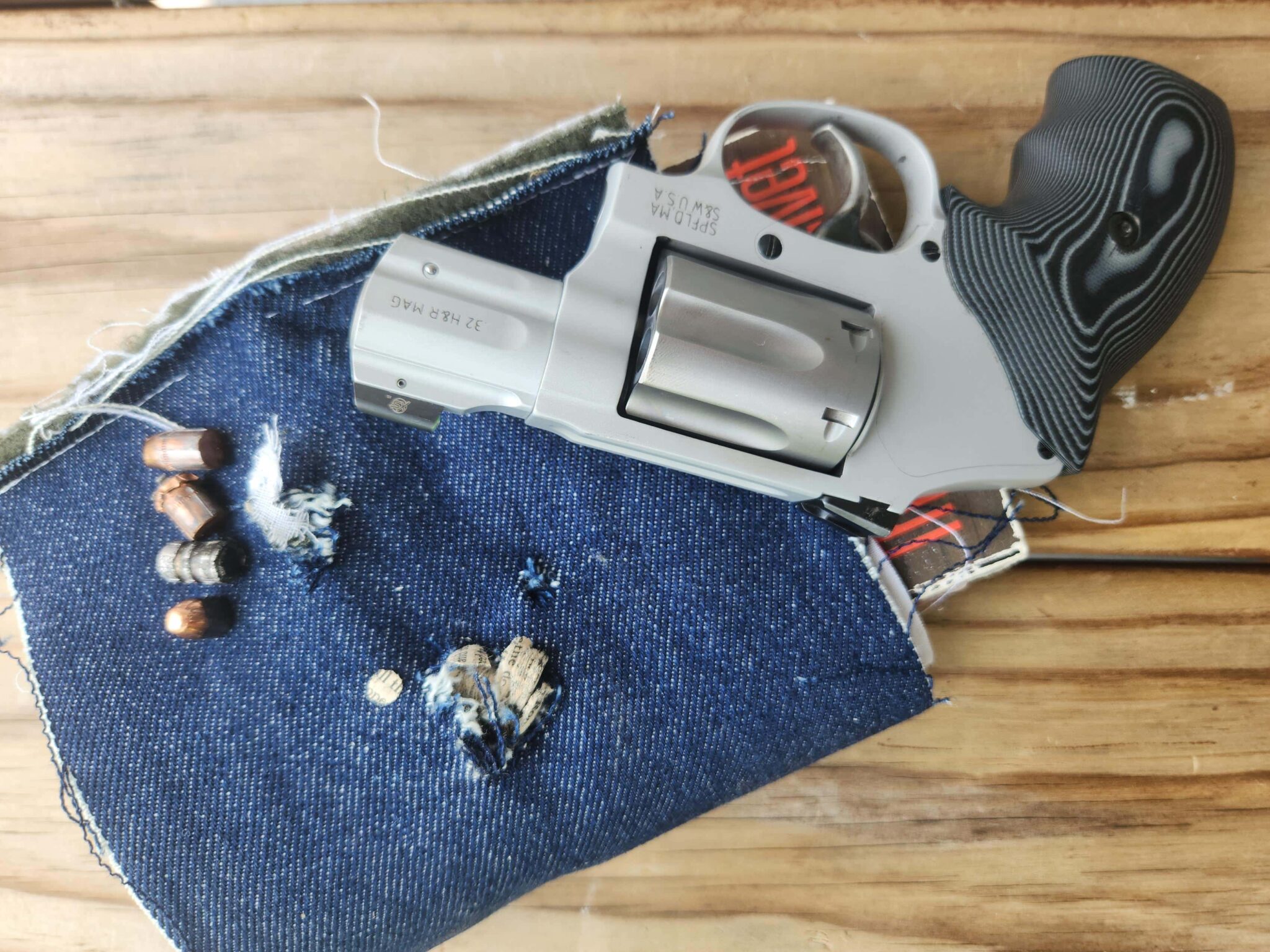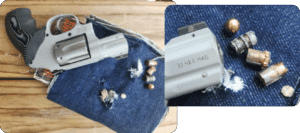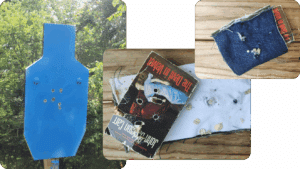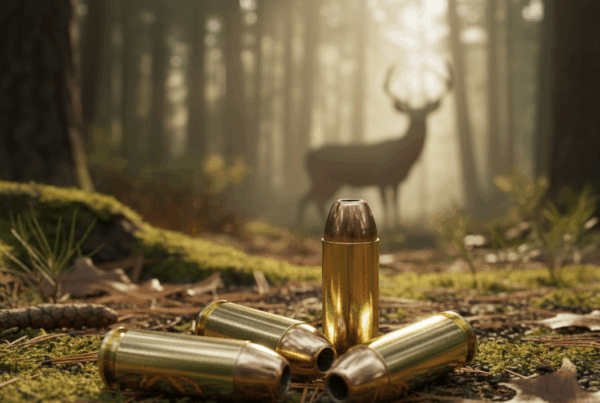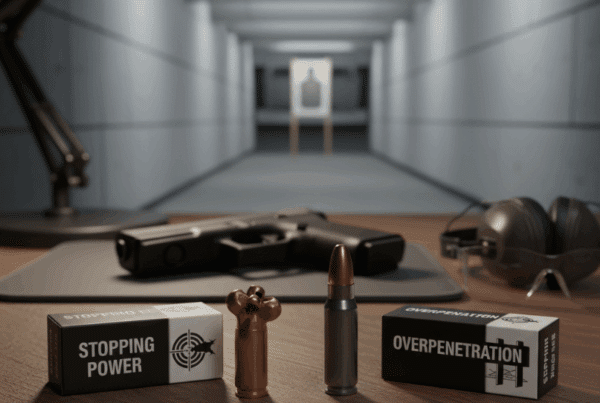What You Didn’t Know About .32 and .32H&R Magnum Performance
When diving into the world of 19th-century adventure literature, I’ve often stumbled across a peculiar form of plot armor: pocket Bibles. More specifically, these small, leather-bound books would save characters from death by bullet. In these tales, a pistol round, or even an arrow, would strike directly over the heart… and fail to penetrate the Bible! While such scenes seem more fit for the imagination than reality, the story behind bullet penetration especially in the context of early firearms is more complex than you might think.
Early Firearm Ammunition and Penetration Power
The black powder pistols of the 1800s, especially the small pocket models, fired round balls at relatively low velocities, resulting in limited penetration capabilities. The cartridge firearms of the 1840s and 1850s weren’t far advanced. For example, the Volcanic .31 caliber bullets barely broke the 260-fps mark, while the 8mm pinfire conicals ranged from 500 fps, often slower. Pepperboxes and derringers, known for their compact size, often had even lower velocities and limited penetration.
The low velocity, combined with soft lead and short projectiles, meant that the ammunition had very limited barrier penetration capabilities. But what happens when a Bible or other thick object is involved? A typical pocket Bible, with its thin leather covers and over a thousand pages, can actually offer impressive protection against bullets. .22 Short, .22 Long, and a range of small-bore rimfire and pinfire rounds often fail to penetrate such an object.
But what about modern ammo fired from these historic weapons? Let’s dive into a more practical test to uncover the truth.
Testing Ammunition with Modern Classic Revolvers
We set up a 16-inch gel block, layered with a 450-page book. While it lacked leather covers, we wrapped the book with three layers of fabric to simulate the original material as closely as possible. Our test firearm was a Smith & Wesson 32 H&R Magnum snubbie, and we fired several types of ammunition through the book barrier: Steinel’s 32 S&W Short, 32 Long, and two types of 32H&R Magnum rounds from both Steinel and a competitor. The results didn’t disappoint!
- The 32 Long ammo punched through the paper and fabric with ease, embedding itself 7-7.5 inches into the gel. While this penetration depth may not be shocking, it did occur after going through the barrier. For someone carrying a 32 Short I-frame revolver, this level of performance is reassuring.
- The High Desert Cartridge 32 Long showed similar penetration, but its round-nose bullet flipped upon hitting the gel, causing more tissue disruption. However, Steinel’s Long ammo took it a step further. The round consistently penetrated 13 inches past the barrier, with dramatic flipping along its path. The classic “wadcutter” design was evident as paper cutouts were left in its wake.
The Surprising Results with .32 H&R Magnum
Moving on to .32 H&R Magnum, the results were a bit unexpected. The lighter 85gr JHP load failed to expand but still didn’t penetrate past 12 inches. Meanwhile, the heavier 32 H&R Magnum 100gr JHP expanded slightly, but the penetration was the same, 13 inches.
The real surprise came when testing Lipsey’s Exclusive Ultimate Carry 432UC J-Frame, a compact revolver known for its portability but limited barrel length, with its 1 7/8-inch barrel, a compact option but short for unlocking the full potential of the .32 Magnum cartridge. The 85gr JHP velocity reached just 900 fps from this short barrel, suboptimal for expansion, but decent for self-defense.
For those seeking expansion, barrel length matters. In a 6.5-inch revolver, both 85gr and 100gr loads reach 1200 fps and 1100 fps, respectively. However, these fast powders don’t gain much velocity in rifle barrels, and muzzle flash is noticeably reduced when fired from carbines, like the Henry lever-action rifle.
The Verdict: The Right .32 Magnum Ammunition for Defense
Here’s the bottom line: Steinel’s .32 Long and Magnum loads are solid options for self-defense. For snubbies, wadcutter designs are ideal, while JHP loads (either 85gr or 100gr) work best with a 4-inch barrel. And as for the old myth that the shorter .32 Long case reduces accuracy due to greater freebore? Our testing proves otherwise. At 12 yards, with a DAO snubbie firing .32 Long, we consistently held 3-inch groups at the point of aim. That’s performance you can rely on, in real-world situations.
Final Thoughts: Is the Pocket Bible Myth Real?
In conclusion, the old pocket Bible myth might not be entirely fiction. Historical black powder firearms, firing low-velocity, soft lead rounds, simply couldn’t pierce heavy barriers like modern rounds can. But today’s Steinel Ammo is a different breed. With modern .32 Long and Magnum loads, you can count on reliable penetration, even after passing through barriers like thick books or clothing.
At the end of the day, the real question is: Do you have the right ammunition for your classic revolver? With Steinel Ammunition, you’re not just preserving history; you’re upgrading it.

